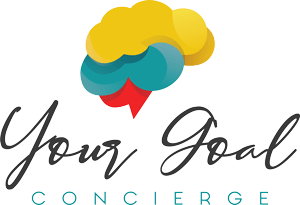The Power of Human-AI Collaboration: Augmentation, Not Replacement
Erica Kesse
The conversation around AI often revolves around one question: will it replace human jobs? The reality is that AI's true potential is realized not through automation, but through synergistic collaboration. The most successful AI strategies focus on **augmentation**, where technology amplifies human capabilities rather than simply replacing them.
AI as a "Digital Copilot”
Instead of thinking of AI as a substitute for human labor, consider it a powerful "digital copilot." In this partnership, AI handles the repetitive, data-heavy, and analytical tasks, freeing up human resources to focus on creativity, critical thinking, and strategic problem-solving. This collaboration allows a marketing team, for instance, to use AI to analyze customer data quickly and then use their human creativity to develop a breakthrough campaign based on those insights.
Redefining Roles
This synergistic approach redefines professional roles. Instead of being a threat, AI becomes a tool that elevates human work. It allows employees to move away from mundane, manual processes and focus on higher-value activities that demand unique human skills like empathy, collaboration, and ethical judgment.
By embracing this human-centric philosophy, businesses can create a resilient, adaptable workforce that not only coexists with AI but thrives with its support.



